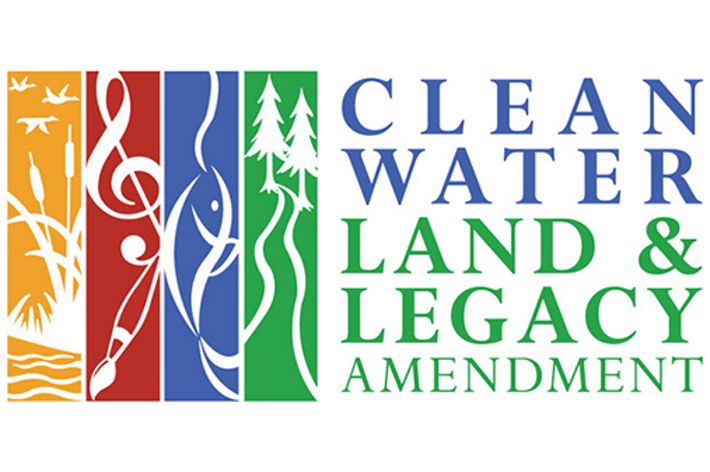Description
The Nature Conservancy protected an approximately 240-acre property in Lac Qui Parle County. It is located near the upper Minnesota River, an area needed by migrating birds and grassland nesting birds, including waterfowl and shorebirds.
Greater prairie chickens have been reintroduced in the area through cooperative efforts between public and private agencies. The property is close to both Big Stone National Wildlife Refuge and the Lac Qui Parle Wildlife Management Area and is situated between two units of TNC’s Plover Prairie Preserve. Its purchase protects more than two miles of contiguous prairie habitat in this important river corridor.
The Nature Conservancy acquired the land under its Minnesota Prairie Recovery Project, an effort to protect native prairie and savanna and restore thousands of acres of degraded prairie and prairie wetland habitat.
Funding for the property was provided by the Outdoor Heritage Fund, created under the Clean Water, Land and Legacy Amendment, through an appropriation by the Minnesota Legislature as recommended by the Lessard-Sams Outdoor Heritage Council.
The property is open to the public for hiking, photography and bird-watching. The Minnesota State Constitution requires all properties purchased with Outdoor Heritage Fund dollars to be open to the public taking of fish and game during the open season. As a result, hunting, trapping and fishing are allowed on this property in accordance with Minnesota Department of Natural Resources Wildlife Management Areas rules published in the Hunting and Trapping Regulations Handbook.
Many of the properties purchased through the project are adjacent to private lands that are not open for public hunting. Please restrict hunting and fishing activities to only those lands clearly marked with signage showing they are “Open to Public Hunting.”
TNC manages Minnesota Prairie Recovery Project properties using strategies including prescribed fire, conservation grazing, and the removal of encroaching trees and brush. These methods will benefit wildlife, preserve clean water and provide recreational opportunities.

